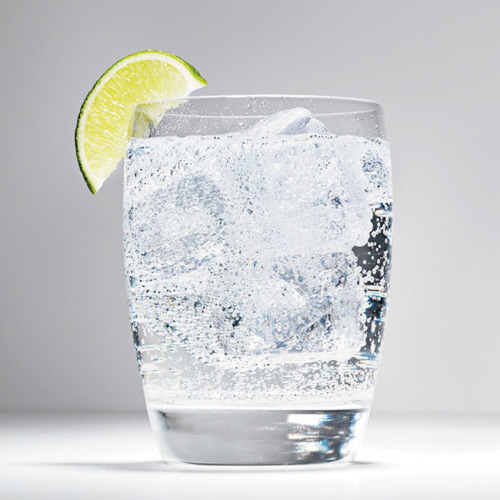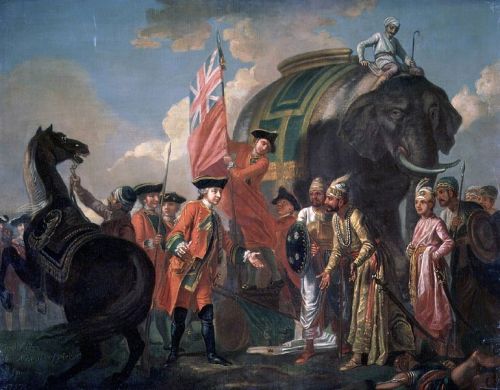The Cocktail of Empire,In the 18th century much of Africa, India, and Southeast Asia was called &ldq
The Cocktail of Empire,In the 18th century much of Africa, India, and Southeast Asia was called “the white man’s grave” due to the host of tropical diseases that easily killed European settlers. The most deadly was a mosquito borne disease called malaria, which placed hard limits on European expansion into the tropics. That all changed with the discovery of quinine, a drug extracted from the cinchona tree native to Andean South America. When extracted and converted into a liquid tonic, quinine served as a powerful prophylactic against malaria and other diseases. The drug ushered in a new age of European conquest and imperialism around the world.The first widespread use of quinine were by the British in colonial India. By the early 19th century British soldiers and officers were issued daily rations of quinine to stave off malaria. The only problem is that quinine is not only very bitter, but terribly bitter. To make the quinine tonic more palatable, in 1825 British soldiers began to mix it with their gin rations. They also added a bit of lime to give it added flavor, and more importantly stave off scurvy (vitamin c deficiency). Thus an ever popular cocktail drink called the gin and tonic was born.As the British colonized much of India and Africa, the gin and tonic became more popular. By 1858 companies began to produced carbonated tonics specifically as a cocktail mixer. Today tonics have significantly less quinine content which is only included for flavoring.Classic Gin and Tonic2 oz of gin5 oz of tonic water1 lime wedgePour gin into a highball glass with ice. Add tonic water and stir. Garnish with lime. -- source link
Tumblr Blog : peashooter85.tumblr.com
#history#colonial india#cocktails#drinking#quinine#beverages#alcohol#alcoholic beverages#gin#tonic water#malaria

